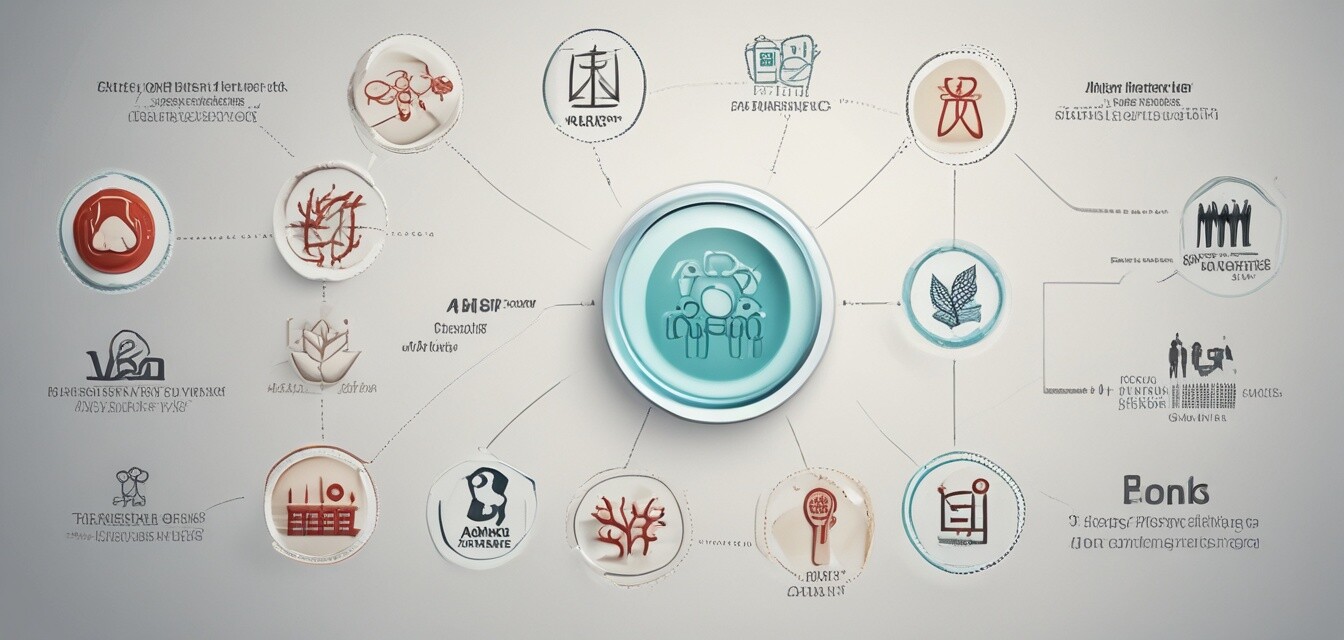
Understanding the New Allergy Guidelines of 2025
Key Takeaways
- New clinical guidelines focus on personalized treatment for allergy sufferers.
- Incorporation of digital tools in allergy management.
- Encouragement of interdisciplinary approaches in healthcare.
- Emphasis on patient education and self-management strategies.
- Updates reflect the latest research and trends in allergen exposure.
The updated allergy management guidelines released in 2025 bring a fresh perspective to how both patients and healthcare providers handle seasonal allergies. With an objective to enhance effectiveness in treatment plans, these guidelines reflect a more personalized approach to managing allergic reactions and improving the overall quality of life.
Overview of the 2025 Guidelines
The 2025 allergy guidelines are a response to evolving understanding and management of allergies in patients. They incorporate the latest scientific research and technological advancements to provide effective management strategies.
Emphasizing Personalized Treatment
One of the most significant shifts in the guidelines is the emphasis on personalized treatment. Traditional methods often involved a one-size-fits-all approach, but these new guidelines suggest tailoring treatments based on individual responses and specific allergen exposure. Such a strategy aims to enhance the effectiveness of care for allergy sufferers.
Utilization of Digital Tools
Another essential aspect is the integration of digital tools, which play a crucial role in managing allergies. Applications and platforms that allow for tracking symptoms, medication adherence, and allergen exposure are encouraged. This tech-driven approach seeks to empower patients by providing them with tools to manage their allergies more effectively.
Key Changes in Management Strategies
Innovative management strategies now feature prominently in the updated guidelines. Below is a summary table highlighting the key changes:
| Old Guidelines | Updated Guidelines |
|---|---|
| General treatment protocols | Personalized treatment plans |
| Limited use of digital tools | Encouraged use of tracking apps and platforms |
| Single-discipline approaches | Interdisciplinary care teams |
| Patient-centric education | Stronger emphasis on self-management and education |
Interdisciplinary Approaches in Allergy Care
The new guidelines promote an interdisciplinary healthcare approach, encouraging collaboration among various specialists such as allergists, immunologists, and general practitioners. This collaboration aims to provide comprehensive care and facilitate a more holistic treatment process.
Benefits of an Interdisciplinary Approach
- Enhanced communication among health professionals
- Comprehensive allergy assessments
- Coordinated treatment plans leading to better outcomes
- Holistic patient support systems addressing all aspects of health
Focus on Patient Education
Effective management of allergies requires informed patients. The 2025 guidelines stress the importance of educating patients about their conditions and available options. This involves providing information on:
- Recognizing allergens and their effects
- Understanding medication and treatment plans
- Implementing lifestyle adjustments to mitigate allergies
By empowering patients with knowledge, these guidelines aim to foster independence and proactive management of their health.
Conclusion
The 2025 updated allergy guidelines mark a significant advancement in allergy management. With a focus on personalized treatment, the utilization of modern technology, interdisciplinary cooperation, and strong patient education, these revisions represent a cutting-edge approach to allergy care. For more information on other related topics, feel free to explore our Tips and Best Practices or Buying Guides. Keeping updated with such trends can empower individuals to make better health decisions and manage seasonal allergies more effectively.
Pros
- More effective and tailored treatment options
- Increased empowerment for patients
- Better integration of health technologies
- Improved collaboration among healthcare providers
Cons
- Potential complexity in treatment plans
- Need for technological access and literacy
- Variation in availability of interdisciplinary care